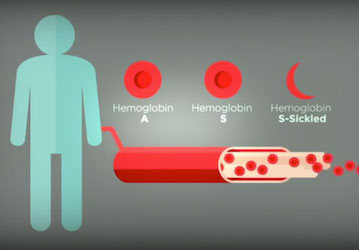Sickle cell trait (SCT) is hereditary and generally considered a harmless condition. However, those with SCT might be at increased risk for exertion-related events that can be life-threatening. It’s important to be aware of risk factors that could trigger such events. These include being overweight and not physically fit, taking dietary supplements with stimulants and/or diuretics, being dehydrated, limiting recovery when engaged in repetitive, high-intensity exercise such as serial sprints, exercising at high altitude or in warm temperatures, or pressure from a peer or superior to finish a high-intensity workout or physical fitness test.
It’s crucial to maintain excellent conditioning and acclimation before attempting heavy exertion. Make sure to seek prompt medical attention if a Warfighter with SCT shows any signs of an impending medical emergency during exercise. Symptoms include unusual muscle pain or weakness with exercise, exercise-related collapse (many times consciously complaining of an inability to get up secondary to weakness), and struggling to keep up with others.
To learn more, watch CHAMP’s video series on SCT and exertional sickling below.
If you are unable to view the “Sickle Cell Trait Implications on Exercise and Military Service” video on this page, please visit this DVID web page to view it.
If you are having trouble viewing any of the videos here, you can log in to the milSuite website and go to the Army Sickle Cell Trait Screening Implementation Resources to view these and other CHAMP videos. (Click the link again after logging in for a shortcut if it doesn’t take you directly to the video page.)





